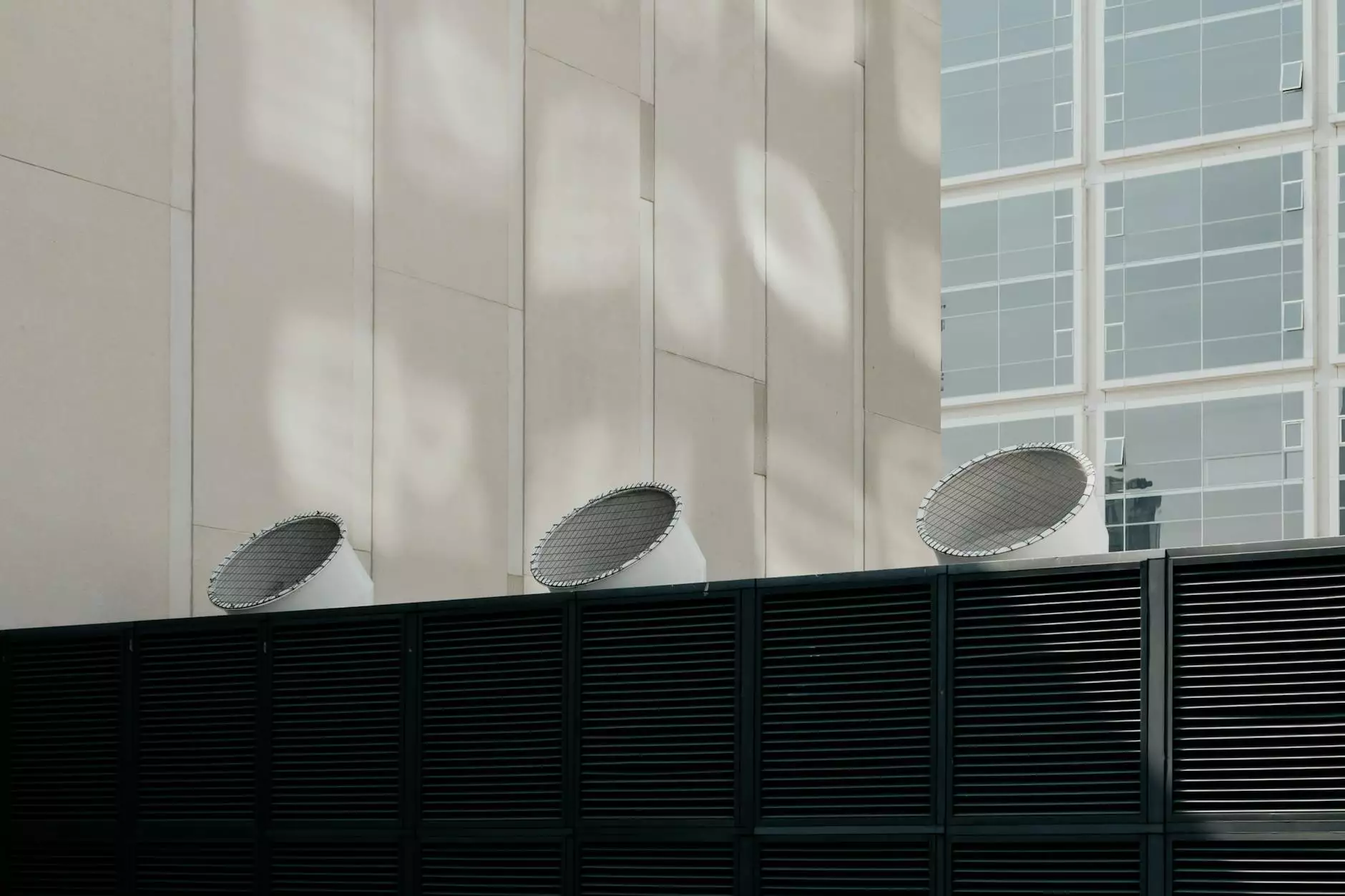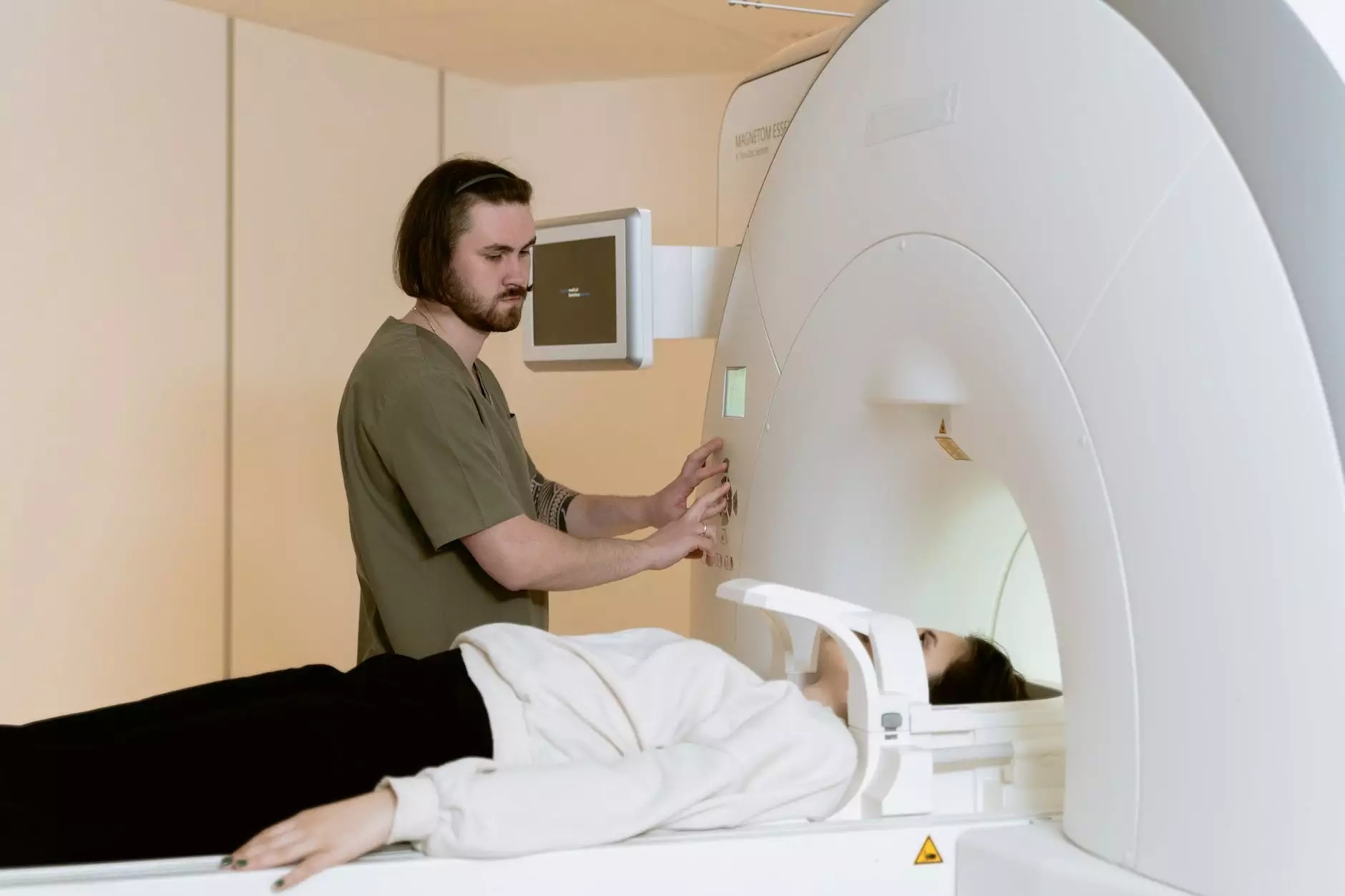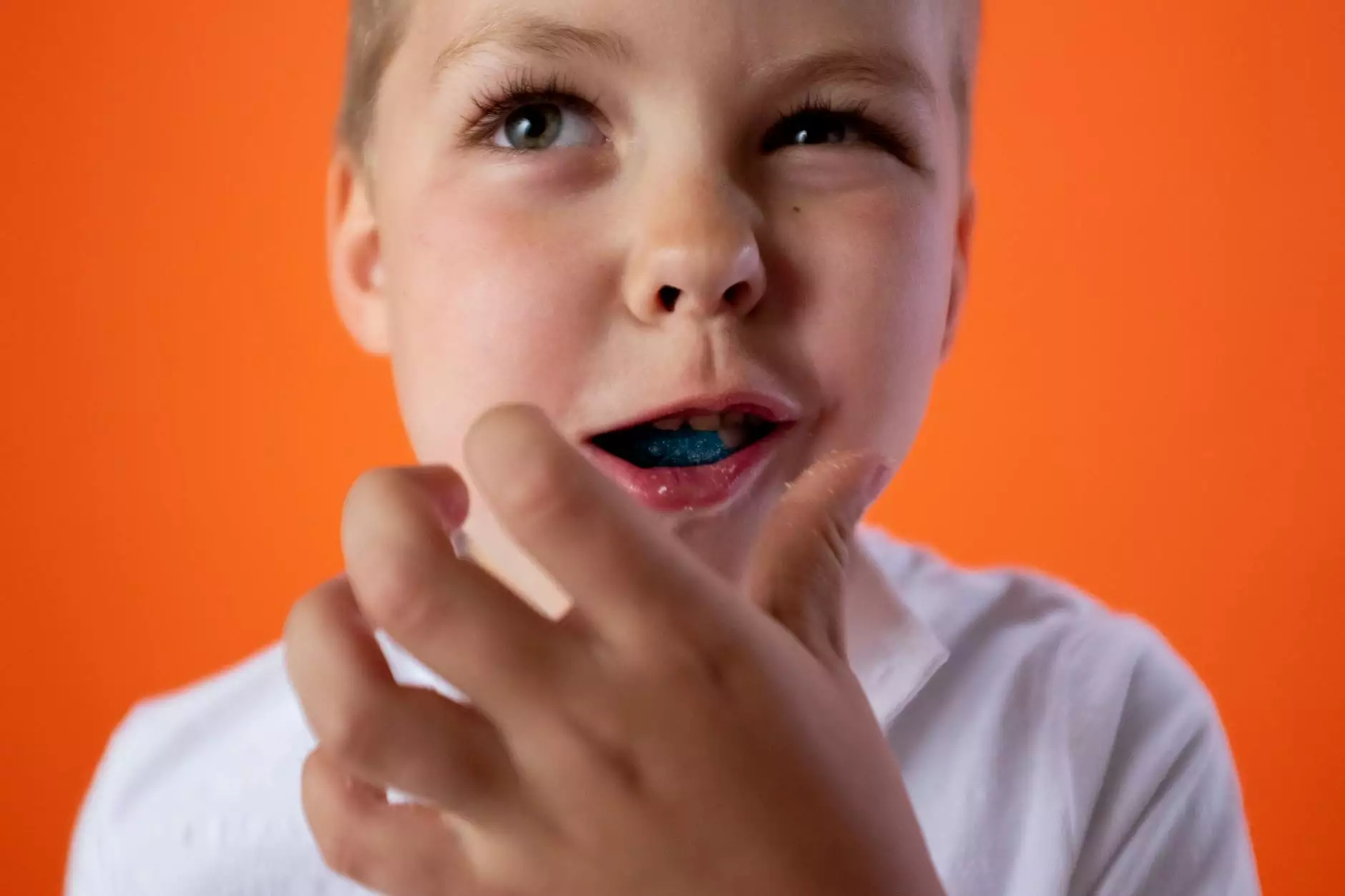Understanding and Addressing Dark Marks on Legs That Look Like Bruises

Many individuals may notice dark marks on their legs that look like bruises. While these marks can be concerning, they often indicate a variety of conditions, ranging from minor skin issues to more serious health concerns. This article aims to educate readers about the causes, implications, and treatments of these marks, ensuring that you feel informed and prepared.
What Causes Dark Marks on Legs That Look Like Bruises?
Dark marks can appear on the legs for several reasons. Understanding these causes is essential for determining the right treatment. Here are some common causes:
- Bruising: The most straightforward explanation, bruises can form from impacts or injuries that aren’t always remembered.
- Venous Insufficiency: A common condition where veins struggle to send blood back to the heart, leading to dark discoloration in the legs.
- Hyperpigmentation: Excess melanin in the skin can cause dark spots, which often resemble bruises.
- Skin Conditions: Various dermatological conditions, like eczema or dermatitis, can create discoloration on the skin.
- Allergic Reactions: Allergies can cause skin irritation, redness, and dark marks.
- Medications: Certain medications, including blood thinners, can make the skin more susceptible to bruises or dark marks.
Recognizing Symptoms
It’s important to pay attention to the accompanying symptoms that may occur with dark marks on your legs:
- Pain or Tenderness: Bruised areas may be painful to the touch.
- Swelling: This can occur in the area of the mark.
- Itchiness or Irritation: Symptoms often related to skin conditions or allergies.
- Changes in Skin Texture: Look for any roughness, scaling, or peeling of the skin.
- Temperature Changes: Areas that are warm or unusually cold might warrant further medical evaluation.
When to Seek Medical Help
If you notice dark marks on your legs that look like bruises, it’s crucial to monitor their evolution. Seek medical assistance if you experience:
- Persistent Marks: If they do not fade over time.
- Severe Pain: Unexplained pain associated with the marks could indicate a more serious issue.
- Frequent Occurrences: Regularly developing new marks without known cause should be assessed.
- Signs of Infection: Redness, warmth, or drainage around the area can indicate an infection.
Diagnosis: How Doctors Determine the Cause
When consulting with a medical professional, you can expect a thorough evaluation which may include:
- Medical History Review: Discuss your history of bruising, any medications you are taking, and recent injuries.
- Physical Examination: A thorough examination of the affected area is usually performed.
- Blood Tests: Tests to evaluate platelet levels, clotting factors, or liver function may be conducted.
- Imaging Studies: If necessary, imaging such as ultrasounds may be ordered to assess veins and blood flow.
Treatment Options for Dark Marks on Legs
The treatment will vary depending on the underlying cause. Here are some options:
1. Lifestyle Changes
Making a few lifestyle adjustments can significantly help improve vein health:
- Regular Exercise: Engaging in activities that promote circulation can help.
- Compression Garments: Wearing compression socks can alleviate symptoms of venous insufficiency.
- Dietary Adjustments: A diet rich in vitamins and minerals can promote healthy skin and circulation.
2. Medical Treatments
For more severe conditions, medical interventions may be necessary:
- Medications: Blood thinners or ointments might be prescribed to manage symptoms.
- Laser Therapy: This treatment can help reduce the appearance of dark marks.
- Sclerotherapy: A procedure where a solution is injected into the veins to reduce their visibility.
3. Home Remedies
Some home remedies may help soothe symptoms or improve the appearance of dark marks:
- Cold Compresses: Applying cold compresses can reduce swelling and pain.
- Natural Oils: Oils like vitamin E or almond oil may help in reducing pigmentation.
- Aloe Vera: Known for its healing properties, it can soothe irritated skin.
Preventive Measures
Taking steps to prevent dark marks on your legs from developing is beneficial:
- Protect Your Skin: Wear protective clothing when engaging in activities that could lead to bruising.
- Stay Hydrated: Proper hydration is essential for maintaining skin health.
- Monitor Medication Side Effects: If you're on medication, regularly discuss potential side effects with your doctor.
Conclusion
Dark marks on the legs that look like bruises can often be attributed to a variety of causes, some of which may require medical evaluation and treatment. It’s important to monitor your health and consult a healthcare provider when in doubt. With proper understanding and preventive care, you can manage and reduce the occurrence of these marks effectively.
For further insights and assistance, consider reaching out to professionals at Truffles Vein Specialists, who are equipped to guide you through the diagnosis and treatment of vascular conditions.
dark marks on legs look like bruises


